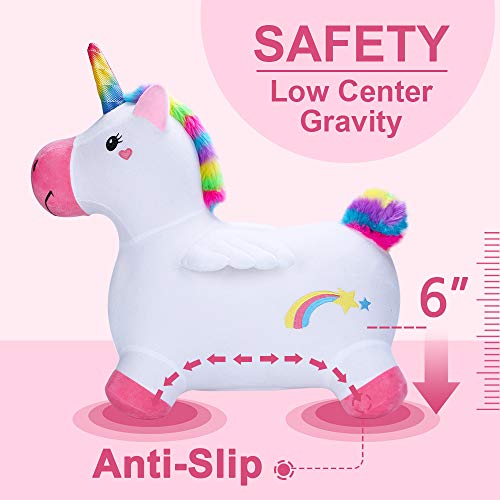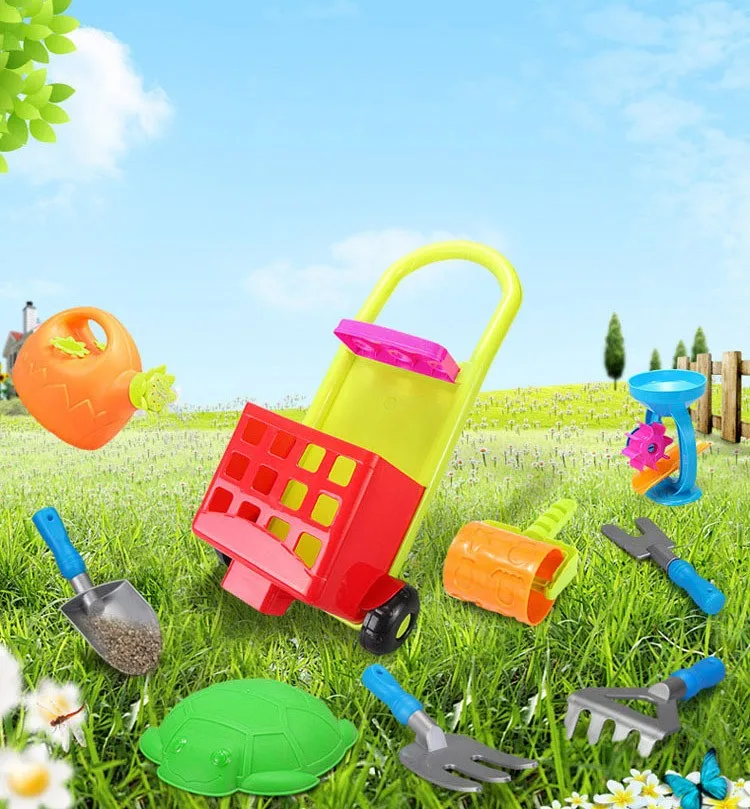

Hold and talk to your baby smile and be cheerful while you do.Playing on the floor or play mat with your baby every day helps him to move, learn, and explore.He will start to recognize it around 9 months. Call your baby by his name to help him learn it.Copy your baby’s sounds and see how long your baby “talks” back and forth with you.This will help you learn what she likes and doesn’t like and what makes her feel good. Pay close attention to how your baby reacts to different things.You can cover your eyes with your hands and then uncover and say “peek-a-boo.” Watch for your baby’s smile or other signs he is enjoying the game. Play with your baby by holding him securely under his arms with his feet on your lap.Gently bend and move her arms and legs up and down. Sing and talk to your baby as you help her “exercise” (move her body) for a few minutes.Move the toy slowly from left to right and up and down to see if she watches how the toy moves. Lay your baby on her back and show her a bright-colored toy.Set steady routines for sleeping and feeding.Try not to keep your baby in swings, strollers, or bouncy seats for too long. A glow-in-the-dark fort building kit to flex their future architect muscles by building huts, igloos, rockets, tunnels, and any other not-so-secret hiding spots. Let your baby have time to move and interact with people and objects throughout the day.Give your baby safe toys to play with that are easy to hold, like rattles or cloth books with colorful pictures for her age.Babies are not ready for other foods, water or other drinks for about the first 6 months of life. Feed only breast milk or formula to your baby.Babies learn by talking, playing, and interacting with others. Screen time is not recommended for children younger than 2 years of age. Limit screen time (TV, phones, tablets, etc.) to video calling with loved ones.This will help her learn to speak and understand words later. Other important things to share with the doctor… Pushes up onto elbows/forearms when on tummy.Holds a toy when you put it in his hand.Holds head steady without support when you are holding her.

If hungry, opens mouth when she sees breast or bottle.Turns head towards the sound of your voiceĬognitive Milestones (learning, thinking, problem-solving.Makes sounds like “oooo”, “aahh” (cooing).Looks at you, moves, or makes sounds to get or keep your attention.
#BOUNCY TOYS FOR 4 YEAR OLDS FULL#
#BOUNCY TOYS FOR 4 YEAR OLDS ANDROID#
Developmental milestones are things most children (75% or more) can do by a certain age.Ĭheck the milestones your child has reached by the end of 4 months by completing a checklist with CDC’s free Milestone Tracker mobile app, for iOS and Android devices, using the Digital Online Checklist, or by printing the checklist below. When you choose toys now, consider their longevity: Will your 7-year-old enjoy this as much in a few years? If the answer is yes, that’s a strong vote in favor of that particular toy.How your child plays, learns, speaks, acts, and moves offers important clues about your child’s development. At this age, children are also starting to enjoy toys that are more sophisticated and will last longer than the baby toys they cycled through more quickly. Pretend play also reaches a peak now, so toys that allow them to imagine being a parent, a teacher, a doctor, an astronaut are beloved by play-acting 4-year-olds. Ride-on toys are favorites (although a pedal bike may still be beyond them), as are toys that give children a chance to practice catching and throwing.Ĭhildren this age are also eager to use their newly talented hands to finely manipulate toys: building or destroying objects, using crayons or pens to make their mark, scissors and art supplies to realize creative visions. Their bodies move around at a mile a minute and so do their minds toys are one practical way to burn off some of that energy and let energetic, excited 4-year-olds practice all the things they want to do by themselves now, now, now.Īctive all-body toys are favorites, including anything that lets them climb, jump, and run. Four-year-olds are incredibly active little beings.


 0 kommentar(er)
0 kommentar(er)
